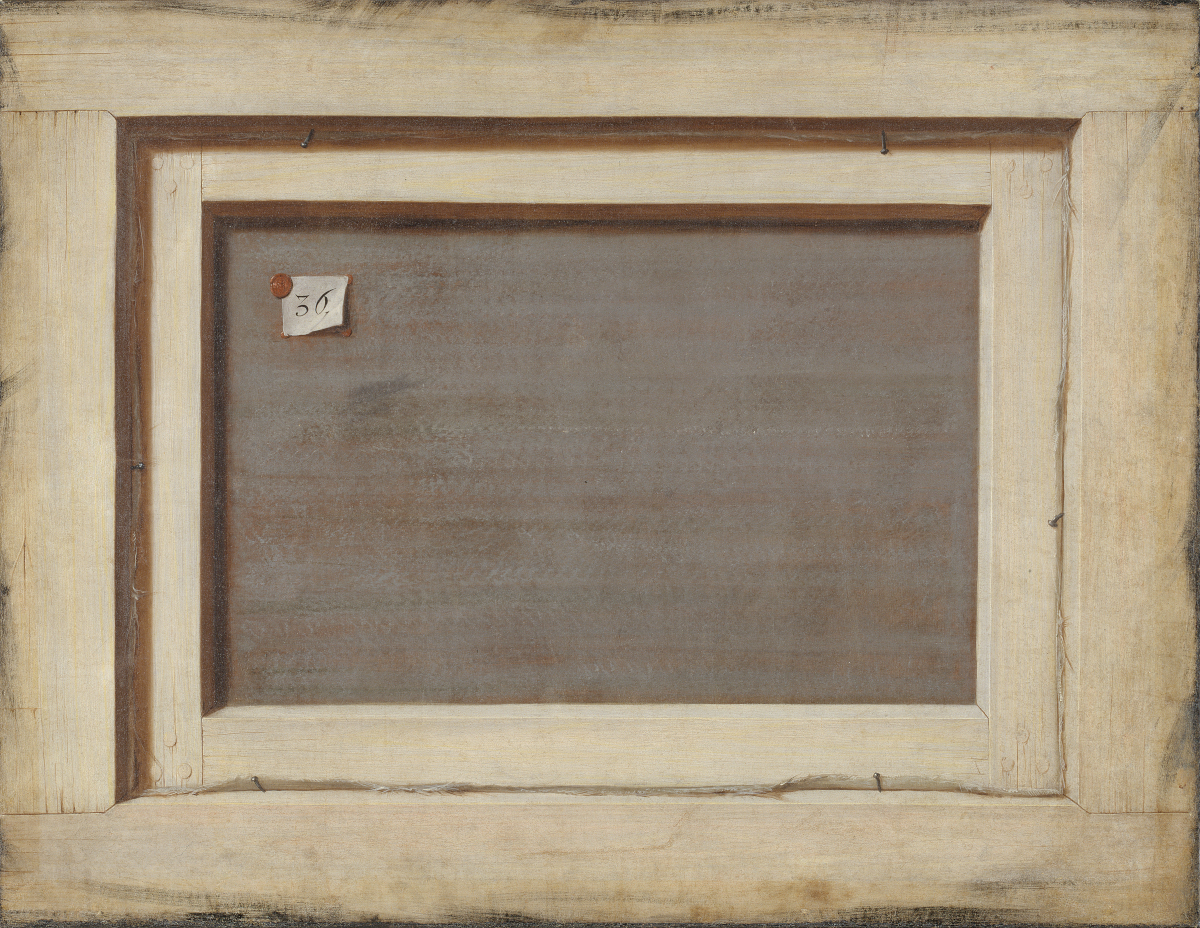Take in this extraordinary image of Cornelis Norbertus Gijsbrechts’ painting, The Reverse of a Framed Painting.

Describe as in the article on it in the Public Domain Review, Gijsbrechts practiced the form of art known as trompe l’oeil, or “deceive the eye.”
When viewed from a distance we are genuinely fooled into believing that the artist has left a painting standing on the floor with its back turned outwards. As you approach the painting its deception is revealed. What appeared to be the back of a framed painting is actually the front of a canvas. The deception is evoked by means of shadows: the shadows cast by the decorative frame onto the stretcher; the shadows cast by the stretcher onto the back of the canvas, and the shadows cast by the small note and the nails. In order for the deception to fully work the painting should be placed so that its faux shadows are in keeping with the light sources available in the room in which it is placed.
What can you remix into this frame? Use other imagery from the Public Domain Review, Wikimedia Commons, or the Noun Project. Take it to the next level by remixing in what a previous response to this daly create offered, and add to it.
Be a digital derivative.
Post your response to @[email protected] and be sure to include the hashtag #tdc3263
Don't Want to Post Your Response to Mastodon?